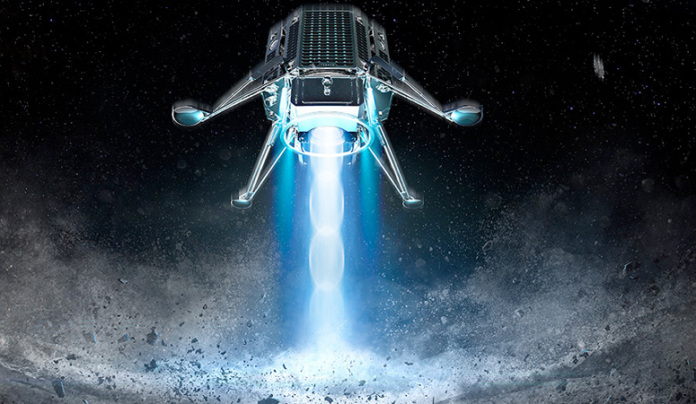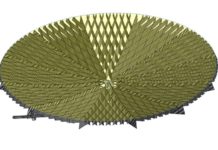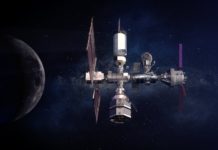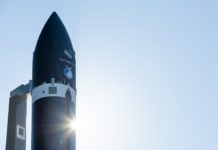ispace, a Japan-based private lunar exploration company, announced earlier this month that it has raised US$1.8 million from Tohoku University Venture Partners Co., Ltd (THVP).
This funding comes in addition to the US$92.7m Series A funding in December 2017, which was joined by Innovation Network Corporation of Japan, Development Bank of Japan and 10 private enterprises. The whole Series A funding now totals over $94.5m. With this additional funding, ispace will accelerate the development of its lunar lander to orbit around and land on the Moon by 2020.
ispace’s lunar exploration rover technology is based on the work of robotic planetary rovers led by ispace’s CTO, Professor Kazuya Yoshida, at the Space Robotics Lab (SRL) in the School of Engineering in Tohoku University. ispace will continue to partner with Tohoku University and SRL to achieve its two lunar missions by 2020.
“We are humbled to receive continued support for Japan’s first private lunar exploration.” says Takeshi Hakamada, Founder & CEO of ispace. “With today’s funding from THVP, ispace will continue the technology development for its lunar missions and accelerate towards the creation of a new industry centered around space resources.
The company, which aims to commercialize lunar resource development, will use the funding to develop a lunar lander and conduct two lunar missions by the end of 2020. These are Mission 1, which aims to conduct a study of the lunar surface by injecting a lander into lunar orbit, and Mission 2 (end of 2020), which will see the lander attempt a soft landing on the Moon and deploy multiple rovers.
The lunar lander, which will utilize the company’s focus on micro-robotics, will have a payload capacity of 30kg and carry two rovers with a payload capacity of 5kg each. The company plans to lease the remaining space to organizations interested in conducting experiments on the Moon. ispace will also make the data collected commercially available
The two missions will be preliminary steps towards the firm’s final goal of establishing transportation and resource development technology to develop the Moon’s water resources. It envisions that the Moon will see 1,000 inhabitants and 10,000 visitors annually by the year 2040.







